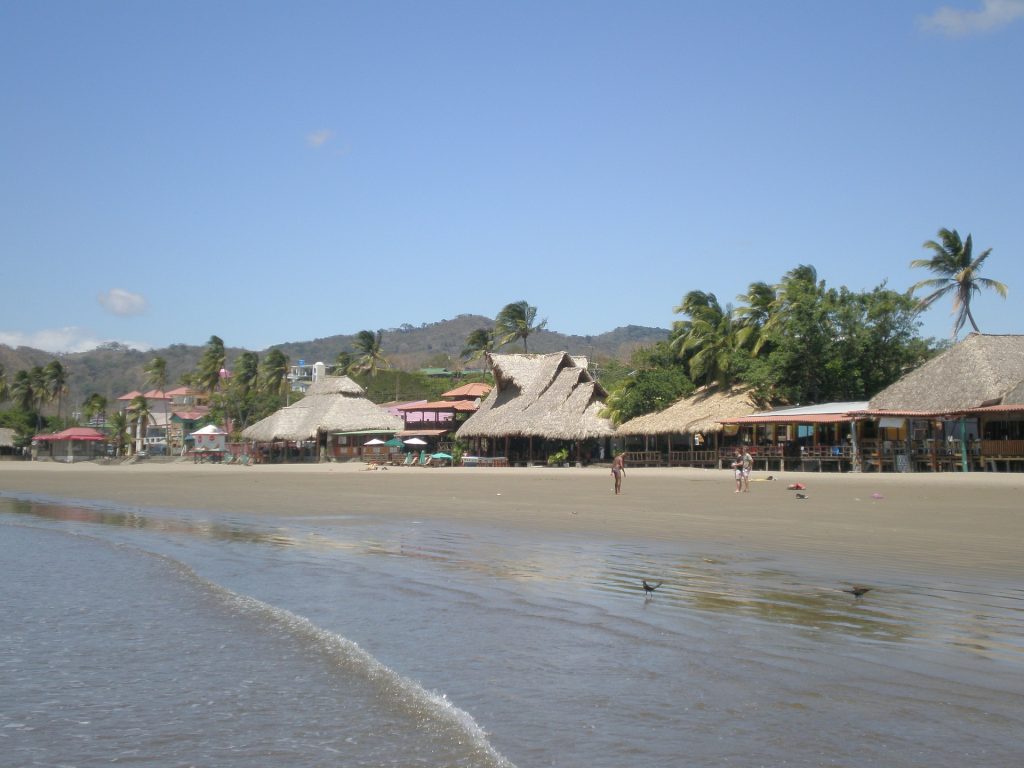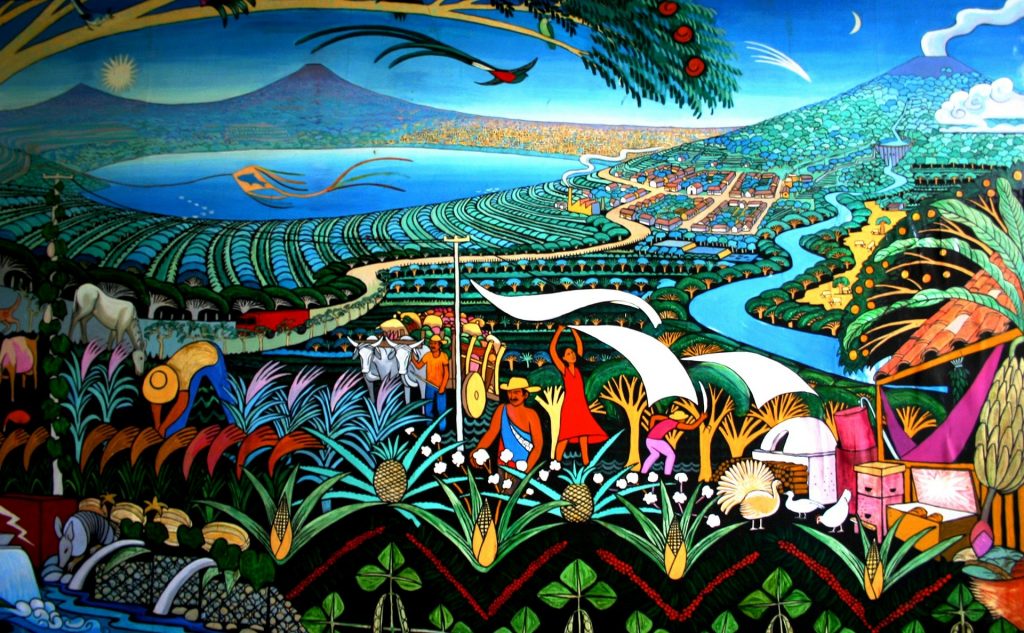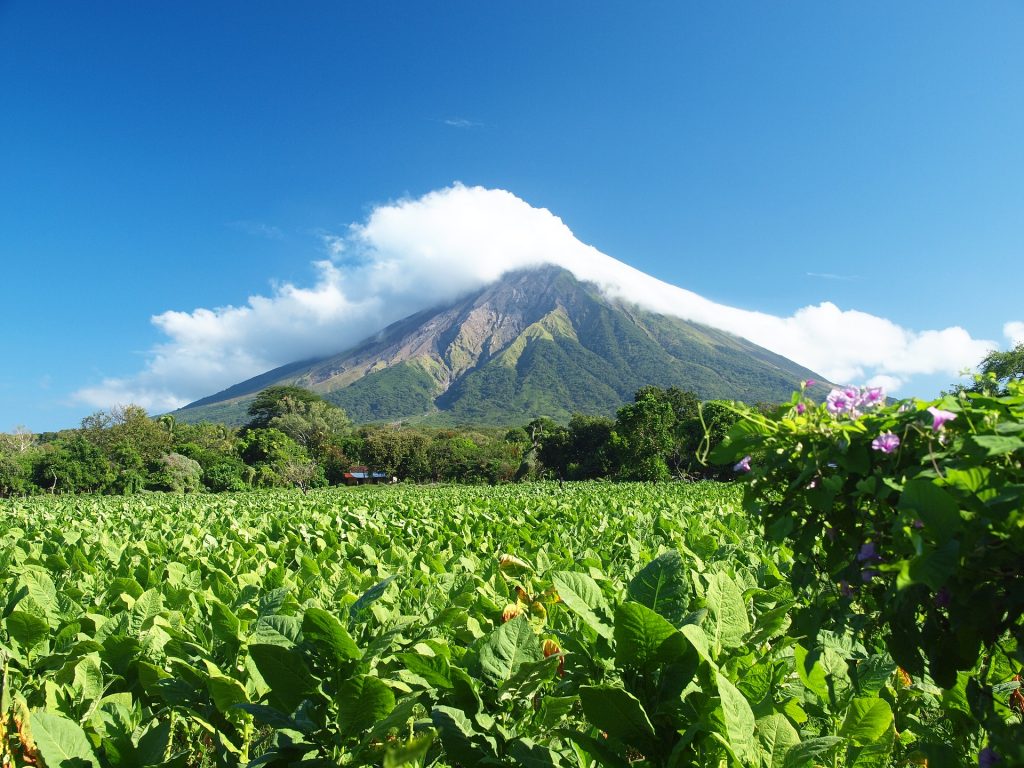Everyone knows Cuba as the cigar capital. However, the political situation in Cuba left the country behind on the tobacco industry. This allowed tobacco industries in other countries to flourish by improving cigar production and technology. While Cubans still have brand recognition, true cigar aficionados recognize Nicaragua as the dominant tobacco-producing country.?

Welcome to Nicaragua
Nicaragua rests between Costa Rica and Honduras, in the prime growing spot for tobacco. Geographically located below Cuba, Nicaragua is closer to the equator. Its closer proximity to the equator means it gets more sunlight per day and more warmer days out of the year. These weather patterns result in better tobacco-growing conditions.
The largest country in Central America, it hosts a rich cultural history and traditions. Nicaragua's name is a combination of
Nicarao, a native tribe during Spanish colonization and?
agua,?the Spanish word for water. It's no surprise that the Spaniards chose to name the country after water because the country has quite a bit of it. It touches both the Pacific and the Atlantic Oceans and holds the two largest lakes in Central America. Water is abundant in the country.
Nicaragua is also famous for its bounty of volcanos. It has 9 active volcanoes in the country and countless inactive ones. Not only is it home to Ometepe, an island made of two connected volcanoes, it also has the only dual volcano in the world. A dual volcano has two different magma channels, erupting into two different magma flows. It's truly a unique experience for any volcano fanatic.
 How Cigars Came to Nicaragua
How Cigars Came to Nicaragua
When the embargo on Cuba took place in the 1960s, many tobacco farmers packed up to prosper in other Central American countries. Most of these farmers ended up in Nicaragua, with their Cuban seeds which they smuggled out. The better sun exposure combined with the seeds originating from Cuba created the best quality cigar.
Nicaraguan cigars are also produced in small amounts. The farmers truly understand the art of growing tobacco so they leave lots of time for it to age and mature before rolling it. They also typically only use a small portion of the leaves grown each season. The tobacco farmers pick the best quality of the crop to use, getting rid of any product that doesn't meet their expectations.
As a country, Nicaragua's unique geography creates a wide variety of regions which, in turn, produces a wide variety of tobacco flavors. These various flavors are so distinctly associated with Nicaragua, that it makes them recognizable even when used in other blends. Four distinct regions generate the majority of tobacco coming out of Nicaragua: Jalapa valley, Condega valley, Esteli, and the aforementioned Ometempe.
The Jalapa Valley
This region is closer to Honduras and very difficult to reach by vehicle. However, it produces some of the sweetest cigars on the market. Its soil is thin, red, and sandy. The soil is extremely similar to that in Cuba's Pinar del Rio valley, making the tobacco from either valley very similar in taste.
The region was "discovered" by Jose Padron, one of the best tobacco farmers on Cuba. In 1967, a Nicaraguan merchant gave Padron a sample from the Jalapa Valley and he immediately recognized its potential. He followed this sampling with a trip to the valley and became hooked. Padron's initial move inspired many others to follow him.
 The Condega Valley
The Condega Valley
Only a few miles away from Jalapa, Condega valley also produces powerful tobacco leaves. The valley gets lots of cloud coverage and has coarse, cakey soil, high in mineral content. The soil produces thinner leaves perfect for wrapper or binder. While these leaves come packed with flavor, their potency pales in comparison to tobacco grown in the neighboring city, Esteli.
Esteli
Esteli is located at the highest point of Jalapa valley. The high altitude yields an exceptionally potent tobacco leaf with a strong spice profile. Esteli has dense, almost black soil, making it ideal for growing strong tobacco. Esteli leaves most often make filler because they receive lots of sun exposure creating thick leaves.

Ometempe
Separated from the other popular tobacco-growing regions, Ometempe is an island of about 107 square miles. The island houses two volcanoes, one active and one dormant.?
Ometempe's?translates from an Aztec language into "two peaks." The island is only accessible by ferry and features lush jungle.
Only a single family grows tobacco on the island. The Plasencia family staked their claim on the island whose volcanic soil yields perfect tobacco. However, there isn't much competition as the inconvenient access and employees' refusal to work past noon deters outsiders from venturing onto Ometempe. The rich soil produces medium-bodied tobacco which cures quickly and makes a perfect filler.
While Cuba's tobacco industry is dying, Nicaragua is here to replace them on the market. Fortunately, one of the highest rated Cuban-like cigars on the market, the Briarmont Reserve from
Custom Tobacco, is grown and cultivated right in Nicaragua. You can order it online and ship it anywhere in the United States, bringing the Nicaraguan experience to your doorstep.


 How Cigars Came to Nicaragua
How Cigars Came to Nicaragua The Condega Valley
The Condega Valley